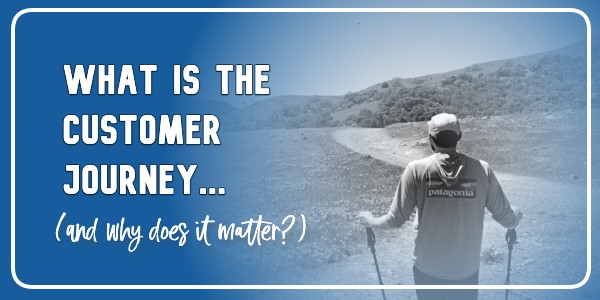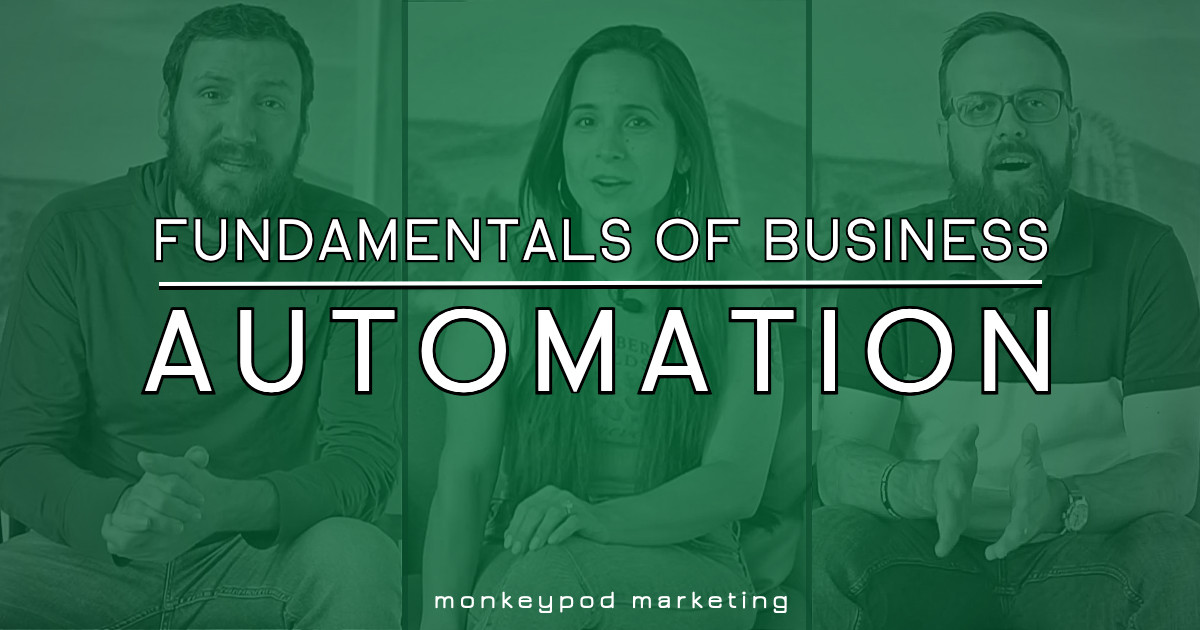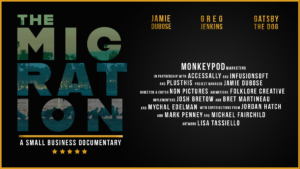The phrase “customer journey” is a household term for many small businesses these days, but outside of being a fun buzzword, it’s also a meaningful concept that can actually improve profitability, customer retention, and help small businesses in dozens of other ways.
What is a customer journey?
Simply put, it’s the experience an individual has with your business over time. From their very first interaction, through to the point of transaction, into onboarding, upselling, and everything else.
And so with that framing in mind, an important recognition for small businesses is that your customer journey already exists.
If you have customers, then they have had a journey.
And once we acknowledge that, the conversation starts to shift into challenging the journey, questioning if the aspects of it are intentional, and identifying areas where it could be improved.
Here’s an example of this conversation, and how you can use the Customer Journey lens to examine the experience your customers are having.
The exploration of your customer journey is a complex conversation, where myriad opportunities can emerge.
What do I do next?
My recommendation is to carve out time to have re-examine your customer journey, on your own or with your team, on a recurring basis.
If you’d like to learn more about the framework I use (and recommend) as a resource to formalize this process, check out the Lifecycle Automation course from Keap Academy.






